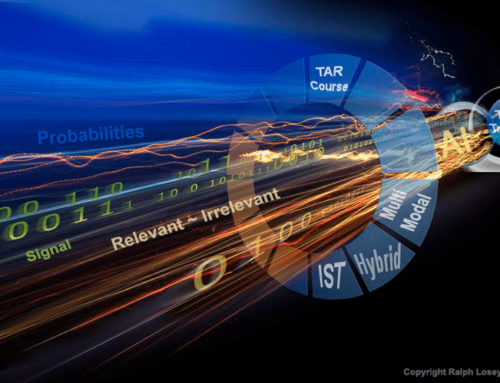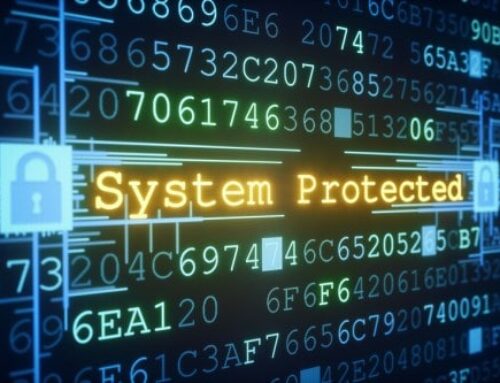Better Protection from Cyber Attacks:
Cyberattacks can severely hurt any business; however, small and midsized businesses (SMBs) are especially vulnerable. Sometimes these sized businesses lack the personnel, resources, and financial backing to fully recover from any attack. After an attack where critical data is lost, a SMB is unable to function normally. Strategies to guard against an attack includes data protection and backup and disaster recovery.
Data protection is designed to defend data against internal and external threats. These threats include data corruption, server crashes, human error, malicious attacks, and even natural disasters. The tools and technologies used are backup and data recovery, encryption, malware and antivirus protection, firewalls, and data classification.
Preventative measures is the first step to avoiding cyberattacks. Ransomware and malware through malicious links in phishing emails or compromised websites will be far less of an issue if a SMB has the standard antivirus tools, firewalls, and application updates.
Educating users how to identify, avoid, and report data threats is one of the most important things a SMB can do to protect its data. It is also important to ensure employees understand the data ecosystem. This involves knowing what data the SMB has, where it is located, how it is used, how often it is being accessed, and who in the SMB is accessing it.
Identifying data locations is another important step in data protection. Data exists both inside and outside the physical walls of a SMB. Many use the cloud to store data and, due to the influx of working from home, data may now even be stored on employee’s personal computers. Understanding the different data storage locations, allows a SMB to implement the best and most appropriate protections. These protections can include data encryption, multi-factor authentication (MFA), and endpoint detection and response (EDR).
Disaster recovery provides a SMB with the ability to recover or restore data so normal business operations can be resumed. Having backups of data isn’t sufficient unless the SMB also has a plan and procedure on how to restore it.
Establishing a recovery point objective (RPO) and acceptable recovery time objective (RTO) are key elements. RPO is the maximum period of time allowed in which data might be lost and unrecoverable. RTO is the maximum period of time allowed in a disaster recovery plan between when critical network functions cease and when the functions are restored.
Data shouldn’t be put all in one place. It’s ideal to have data backup locations in two separate geographic locations. That way if one location is affected by a natural disaster, the other location may be unaffected.
Lastly, a SMB should test their disaster recovery plan on a regular basis. This allows an organization to test all backups and fix any issues. This ensures that if a real cyberattack happens, the data will be secure and employees will know how to proceed. Better protection from cyber attacks is an important part of any size business.
For more Tidbits & Thoughts, please click here.






